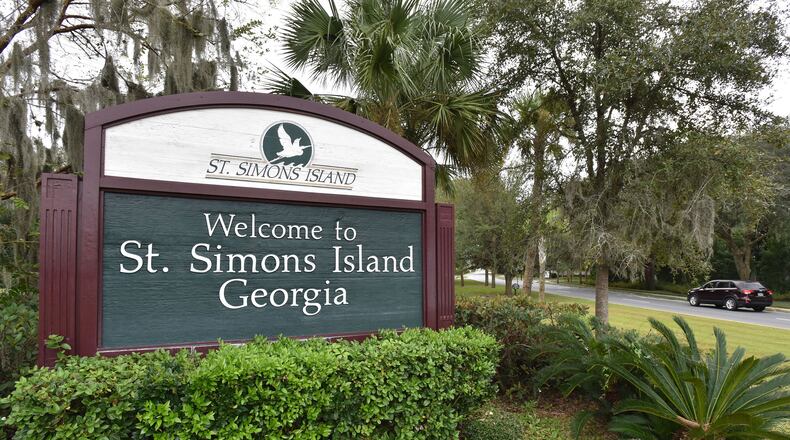Federal appellate judges seemed doubtful Thursday that a wetland on St. Simons Island is protected by the Clean Water Act under a test recently created by the U.S. Supreme Court.
During a hearing in Atlanta, 11th Circuit judges indicated they might give two Georgia environmental organizations and a member who lives in Glynn County a second opportunity to revive their complaint against the resort company that filled half an acre of the wetland on its property.
But the judges, whose authority is binding in Georgia, Florida and Alabama, appeared to suggest the task might be futile, after the Supreme Court narrowed the definition of protected wetlands in 2023.
Chief Judge William Pryor Jr. said there’s nothing in the case record showing the wetland in question has a continuous surface connection with a federally regulated body of water, as necessary under the Supreme Court test in what is referred to as the Sackett case.
“When I look at this, I just don’t see where the complaint ever alleges facts that would support that,” Pryor said.
The Glynn Environmental Coalition, the Center for a Sustainable Coast and member Jane Fraser have been trying since 2019 to pursue claims against Sea Island Acquisition in regard to the company’s use of half an acre of wetland near its hotel, the Inn by Sea Island, on St. Simons Island.
Sea Island filled the section of wetland in 2013 with approval from the U.S. Army Corps of Engineers and the Georgia Environmental Protection Division, case records show.
Fraser and the environmental groups she is involved with allege the company misled the Corps about its plans for the property and say permanent sodding was used to fill the section in violation of the Clean Water Act.
A federal judge in South Georgia dismissed the case in January 2021, finding the plaintiffs didn’t show they were injured by the company’s work on its land.
That ruling was overturned in March 2022 by the 11th Circuit, which said Fraser adequately alleged an injury to her “aesthetic interest” in the wetland.
The Supreme Court issued its unrelated Sackett decision in May 2023, saying wetlands can only be protected as so-called waters of the United States under the Clean Water Act if they have a continuous surface connection to and are indistinguishable from a protected body of water.
In the Sea Island case, the wetland is near Dunbar Creek. When authorizing the work in 2013, the Corps decided the wetland might be protected under the Act, case records show.
Credit: Supplied
Credit: Supplied
After the Supreme Court’s Sackett decision, Sea Island argued the wetland on its property was not close enough to Dunbar Creek to be protected, and the trial judge in South Georgia agreed. The case was dismissed for a second time in March 2024.
On Thursday, 11th Circuit Judge Britt Grant asked how Fraser and the environmental groups could show the wetland was linked as required to Dunbar Creek.
Laura Heusel, a lawyer for the plaintiffs, said the wetland is directly connected to a salt marsh beside Dunbar Creek via culverts and pipes and is influenced by the tide, as it is on a low-lying barrier island in the Atlantic Ocean.
“Tidal influence occurs on the surface,” Heusel said. “The Sackett decision actually included a note that accounted for tidally influenced waters and specifically said that in tidal influence systems, the ebb and flow of the tide does not disconnect jurisdiction for the purposes of determining whether a wetland is a jurisdictional water of the US.”
John Fortuna, an attorney for Sea Island, said the wetland isn’t tidal, shown by the fact that the Corps permit issued to the company doesn’t apply to tidal wetlands. He said the wetland is separated from Dunbar Creek and other wetlands by “a salt marsh, a freshwater wetland fringe, an upland, two roads (and) a median.”
“There are photographs of the wetland in the record attached to the complaint that show the typical wetland that was filled,” Fortuna said. “It’s filled with trees and bushes and shrubs. It’s not even a water, much less a water of the United States.”
Grant said she’s concerned a ruling in Sea Island’s favor could set a standard requiring lawsuits to include from the outset “a really vast amount of scientific evidence that it wouldn’t always be feasible to have at that early stage of a case.” She said the trial judge had determined, in part from the “grainy, black and white survey maps” on the record, that the wetland wasn’t protected.
It’s not clear when the court will decide the case.
About the Author
Keep Reading
The Latest
Featured




